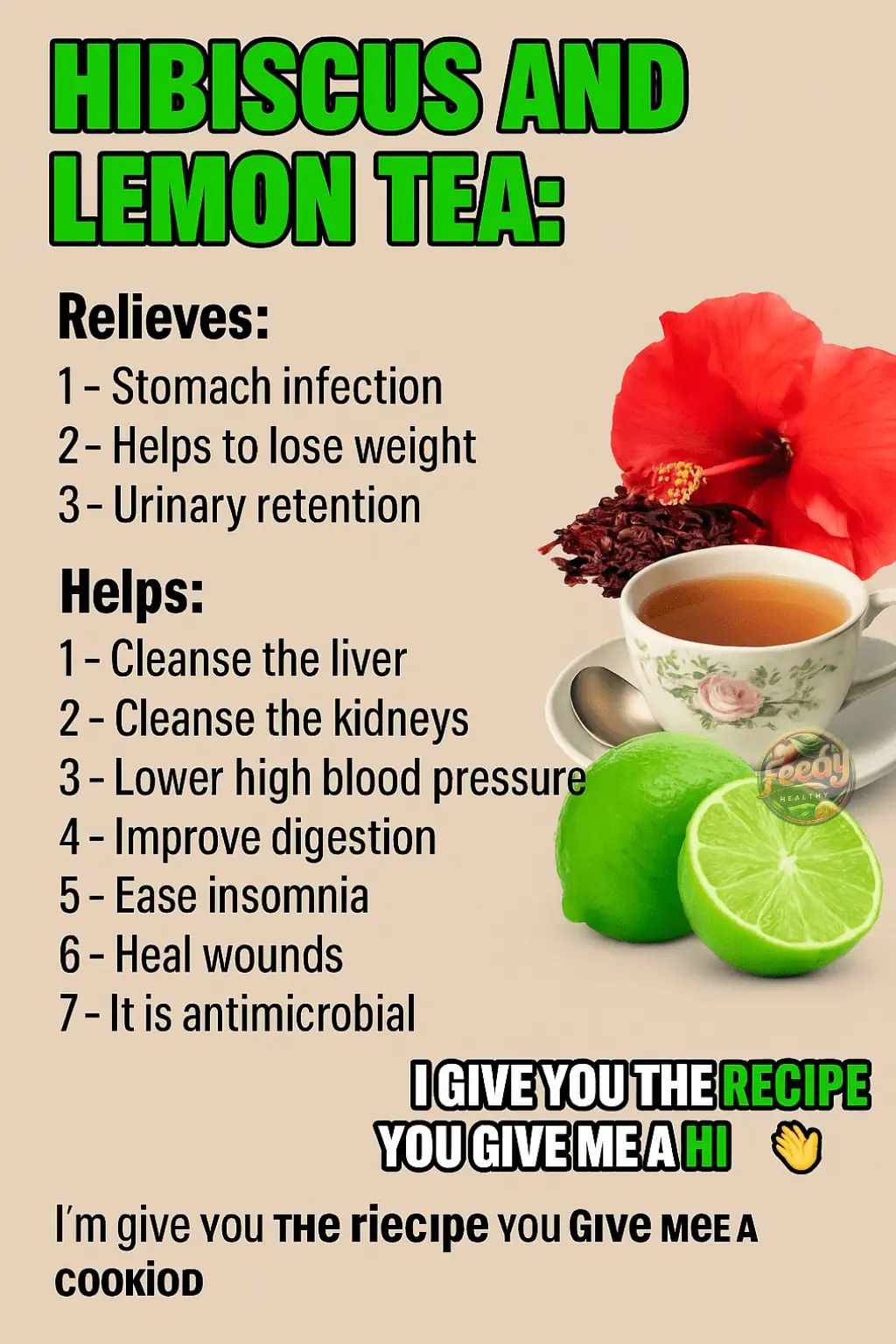
How Many Stages of Fatty Liver Are There? How to Effectively Control It

Fatty liver disease is a dangerous condition that can progress to liver fibrosis, cirrhosis, or even liver cancer if left untreated. To prevent its progression, it’s important to take proactive steps such as:
What You Should Do to Prevent the Progression of Fatty Liver:
-
Change Your Diet:
Avoid foods high in fat, cholesterol, and sugar. Instead, focus on eating more leafy greens, fruits, and high-fiber foods. Drink plenty of water and reduce or eliminate alcohol consumption. -
Maintain a Healthy Weight:
Obesity is a leading cause of fatty liver. If you’re overweight or obese, work on losing weight gradually through healthy eating and regular exercise. Maintaining a proper weight is key to managing liver health. -
Exercise Regularly:
Physical activity helps burn fat and improves liver function. Aim for at least 30 minutes of exercise daily. Choose activities that are suitable for your health condition. -
Get Regular Health Checkups:
Regular checkups help detect fatty liver in its early stages, even when there are no obvious symptoms. It’s recommended to have a comprehensive health exam at least once a year. -
Follow Your Doctor’s Treatment Plan:
If you’ve been diagnosed with fatty liver, strictly follow your doctor’s treatment advice to prevent further liver damage.
How to Identify the Stages of Fatty Liver Disease
1. Medical History and Risk Factors
Doctors usually begin with questions about symptoms such as fatigue, loss of appetite, nausea, yellowing of the skin, abdominal pain, or itching. They will also consider risk factors like obesity, excessive alcohol consumption, diabetes, hepatitis B or C, and family history of liver disease (fatty liver, cirrhosis, liver cancer, etc.).
2. Blood Tests and Liver Ultrasound
Common tests to evaluate liver condition include:
-
Liver enzyme tests (AST, ALT, ALP)
-
Bilirubin test
-
Lipid profile (Cholesterol, Triglycerides, LDL, HDL)
-
Blood glucose level
-
Hepatitis B and C screening
-
Liver ultrasound or elastography (if available)
Three Stages of Fatty Liver Disease
Stage 1: Mild (Grade 1)
This is the earliest and mildest form of fatty liver, with minimal fat accumulation in the liver. It often has no clear symptoms, and many people only discover it during routine checkups or tests for unrelated issues.
Stage 2: Moderate (Grade 2)
Fat accounts for 10% to 25% of the liver’s weight. This stage carries a higher risk of complications. Common symptoms may include fatigue, loss of appetite, nausea, abdominal discomfort, enlarged liver, or mild jaundice.
Stage 3: Severe (Grade 3)
At this stage, over 30% of the liver is affected by fat. This is the most dangerous stage, with a high risk of complications such as inflammation, fibrosis, and progression to cirrhosis or liver cancer.
Can Fatty Liver Be Cured?
Yes, fatty liver can be reversed if detected early and treated properly. However, successful treatment depends on several factors:
-
Stage of the Disease:
Grades 1 and 2 are easier to treat compared to grade 3. -
Underlying Causes:
Identifying and addressing the root cause (e.g., obesity, alcohol, diabetes) can significantly improve liver health. -
Treatment Compliance:
Strictly following your doctor’s recommendations on diet, exercise, and medication is essential for successful recovery.
Types of Fatty Liver Disease
There are two primary types:
-
Alcoholic Fatty Liver Disease (AFLD):
Caused by long-term alcohol abuse. -
Non-Alcoholic Fatty Liver Disease (NAFLD):
Caused by factors such as obesity, high cholesterol, diabetes, poor diet, and metabolic syndrome.
Important Note
Fatty liver often shows no symptoms in its early stages, leading to delayed detection. If untreated, it can progress over time and cause severe complications like liver inflammation, fibrosis, cirrhosis, or liver cancer.
Early detection and lifestyle changes are the key to preventing and reversing fatty liver disease.
News in the same category


Don't Suffer Anymore — Eliminate Anemia, Restore Your Vision, and Cleanse Fatty Liver!
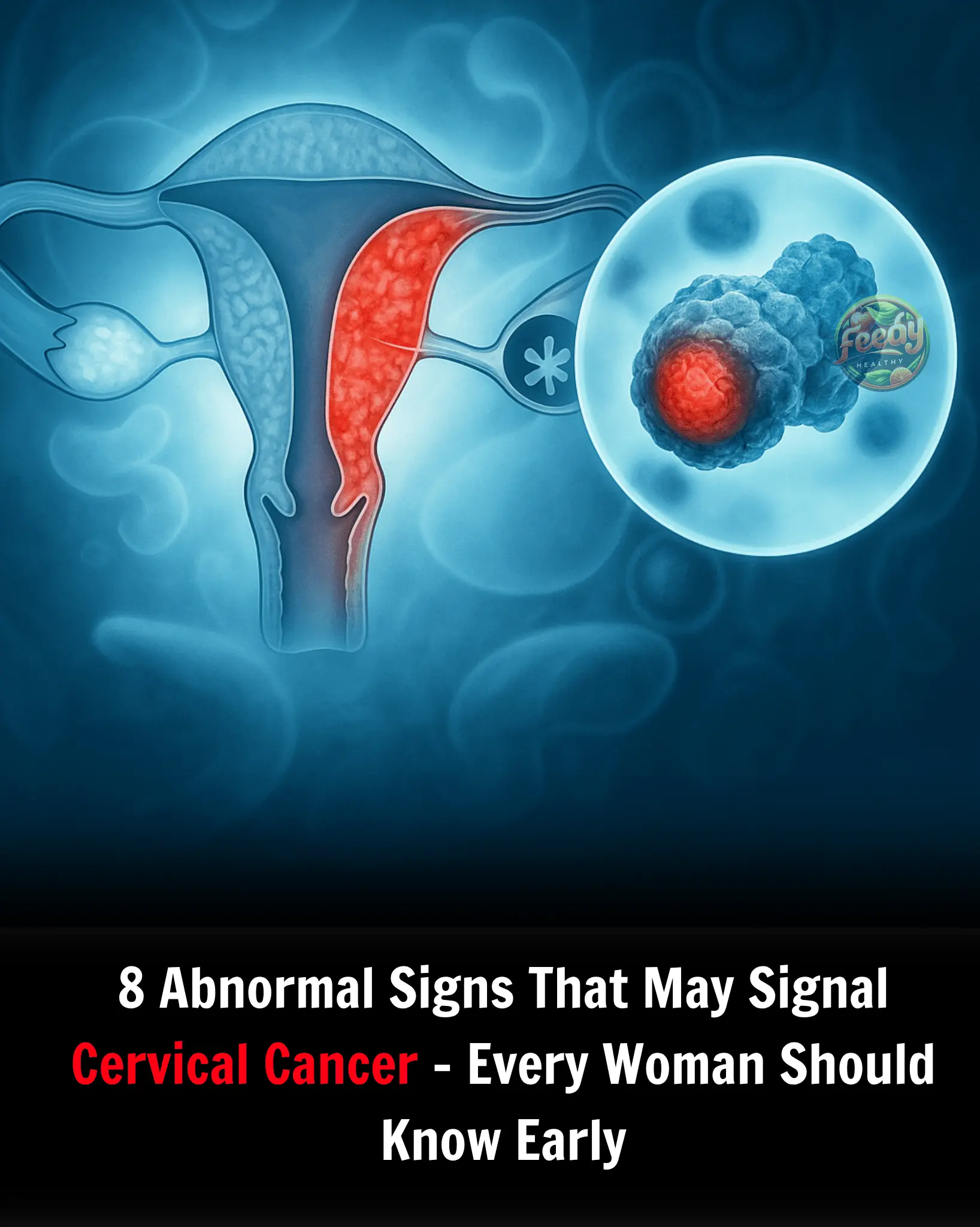
8 Abnormal Signs That May Signal Cervical Cancer – Every Woman Should Know Early
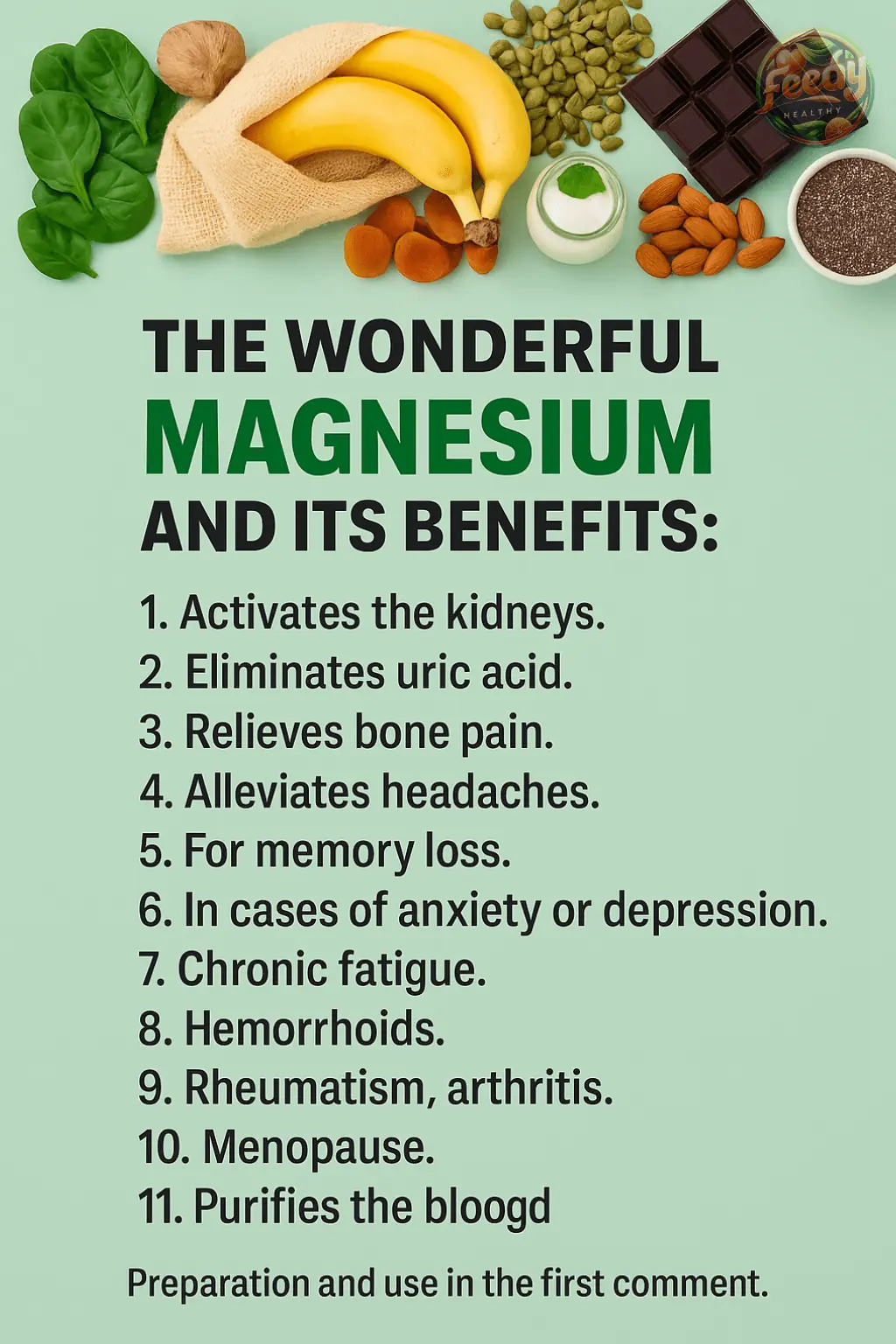
The Wonderful Magnesium and Its Health Benefits 👇🏼👇🏼

Discover the Healing Power of Four Medicinal Leaves

Everyone Fears Diabetes, but Diabetes "Fears" These 5 Foods

A 54-Year-Old Woman Discovered Thyroid Cancer from One Easily Overlooked Symptom

Doctors Won’t Like You Drinking This – It Naturally Reverses Diabetes, High Blood Pressure, and Poor Circulation Without Expensive Medications👇

A Cup of Hot Water a Day – A Simple Habit That Helps With 6 Common Health Issues

Woman Diagnosed with 7-Year Sinus Infection After Unusual Exposure to E. coli

RUE: THE PLANT THAT HEALS BODY AND SOUL

7 Early Warning Signs of Stomach Cancer You Should Never Ignore
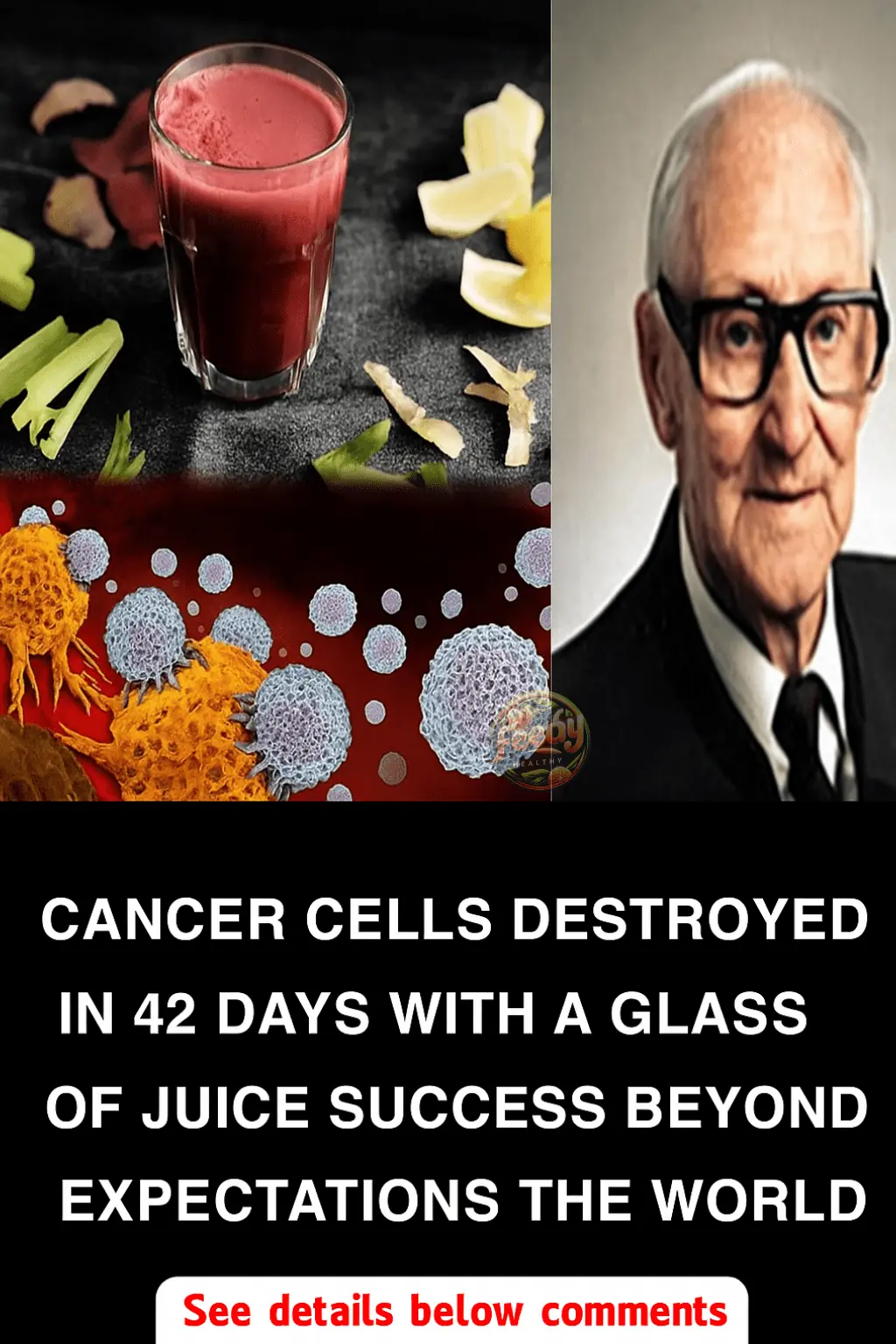
42-Day Juice Therapy – Natural Cancer Support Discovered by Rudolf Breuss

5-Year-Old Girl Dies from Late-Stage Cancer — A Wake-Up Call for All Parents
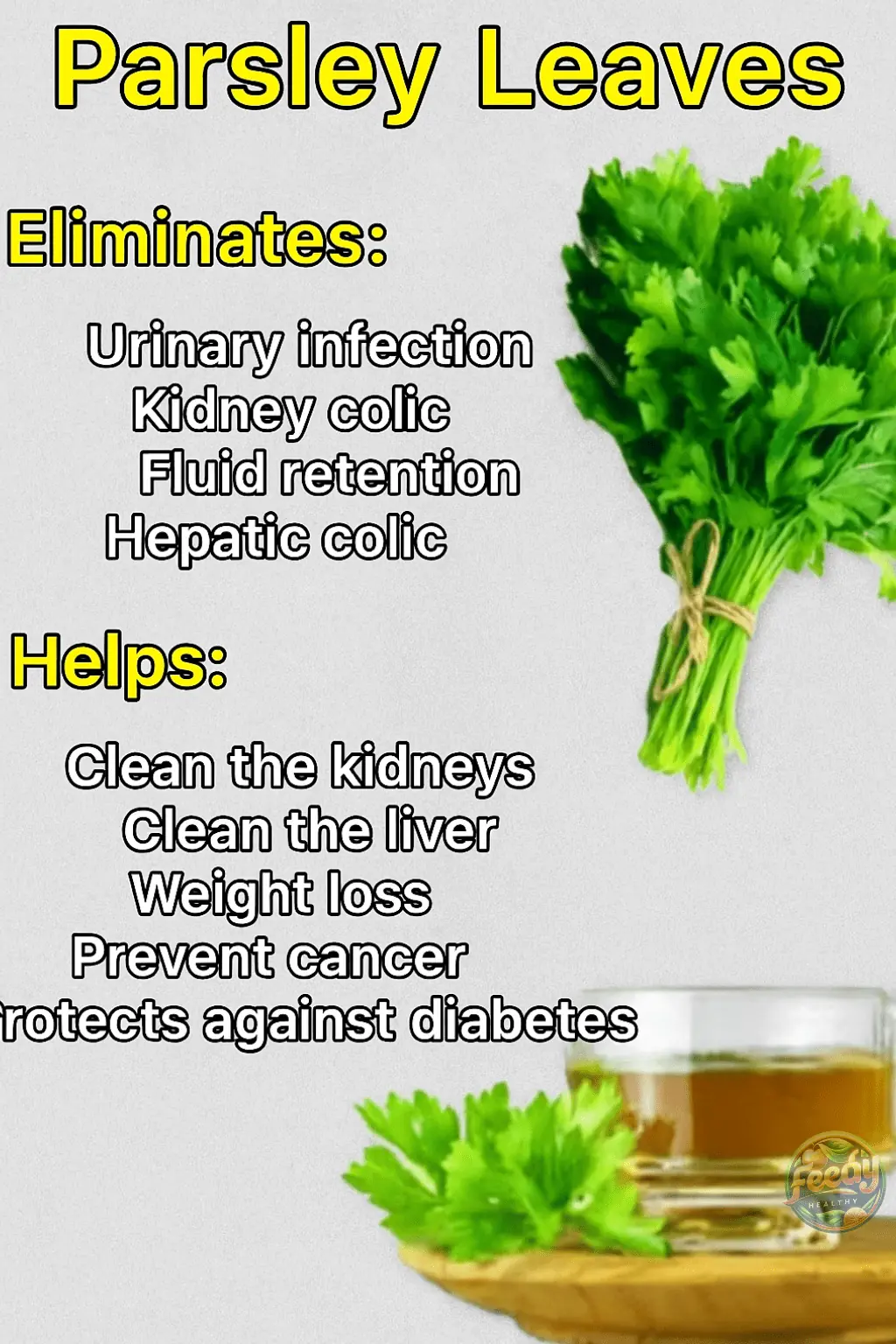
Parsley Leaf Tea
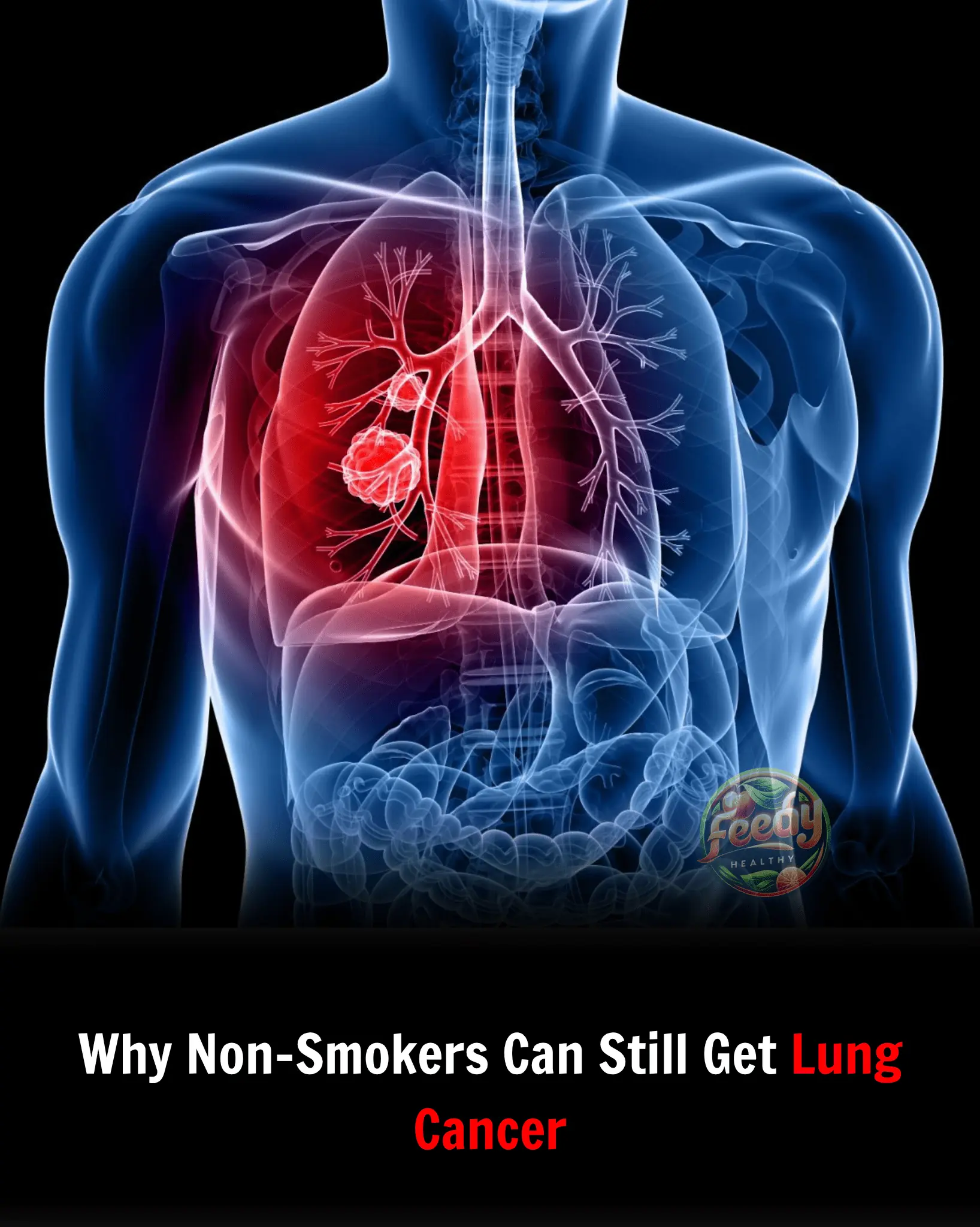
Why Non-Smokers Can Still Get Lung Cancer

Salmonella Outbreak Linked to Recalled Eggs Sickens 79 People Nationwide, Including 2 in New Jersey

Top 10 Foods That Reduce Your Uric Acid Levels

Just Three Nights of Poor Sleep May Harm Your Heart, New Study
News Post

Hibiscus and Lemon Tea 🍋🌺

Don't Suffer Anymore — Eliminate Anemia, Restore Your Vision, and Cleanse Fatty Liver!

Amazing! Mix Coffee with Lemon and Stop Spending Money at the Store – Here’s Why ☕🍋

Restore Bladder and Prostate Health Naturally with Onion

Lemon and Cinnamon: You’ll Be Amazed! 🍋 Warming Drink in Just 5 Minutes

Bladder and Prostate Will Be Like New! Grandpa’s Old Recipe with Onion Peels – Healthy, Natural, and Easy!

THE NATURAL DRINK THAT ELIMINATES DIABETES, FATTY LIVER, PANCREATIC ISSUES, POOR CIRCULATION, KNEE PAIN, AND STOMACH PROBLEMS – WITHOUT PILLS

Boil Corn Silk and Drink the Liquid: A Hidden Treasure for Your Health

This is a game changer!

I didn't know this

8 Abnormal Signs That May Signal Cervical Cancer – Every Woman Should Know Early

Powerful Green Remedy for Joint Pain, Swelling, High Cholesterol, and More
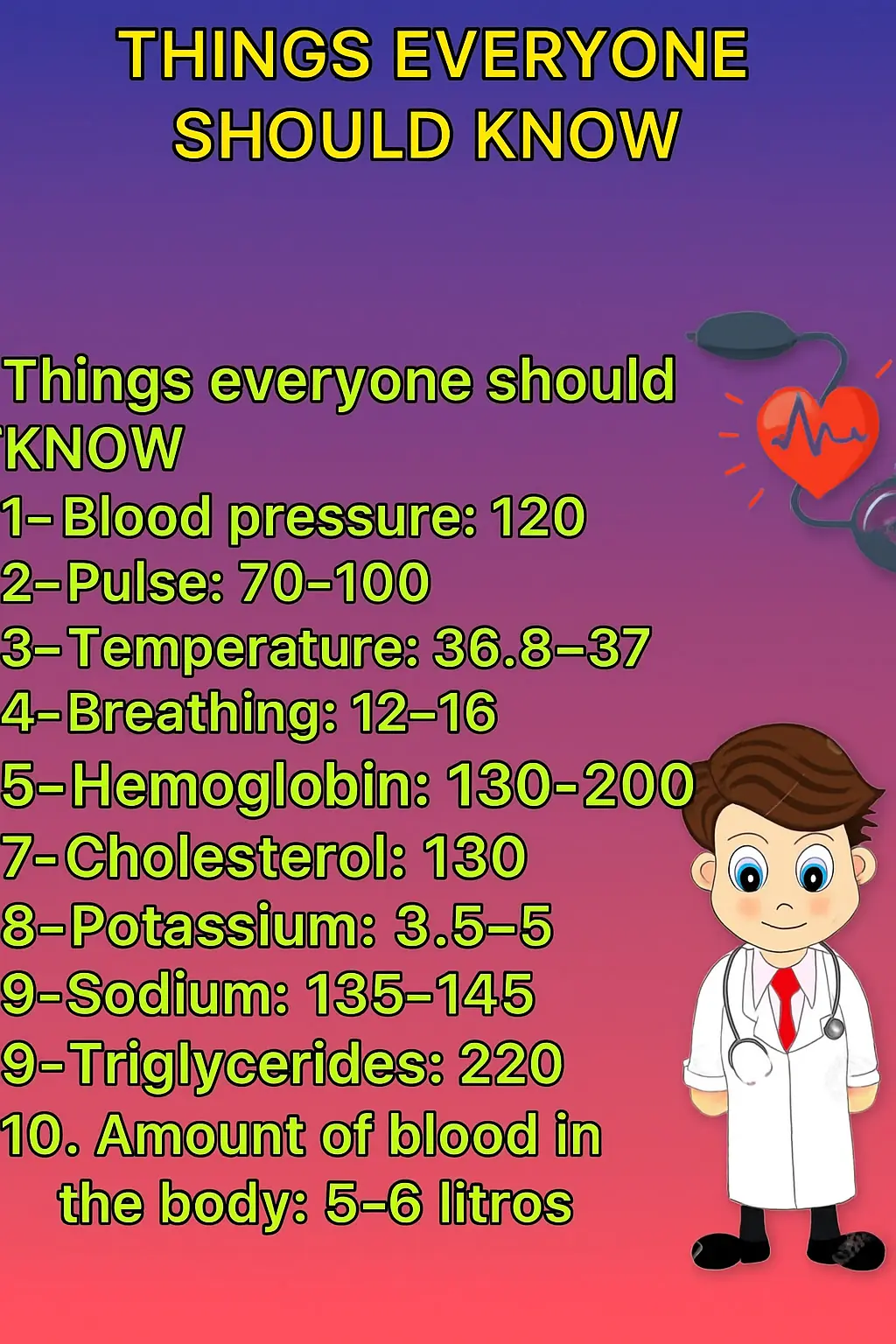
ESSENTIAL HEALTH PARAMETERS – KNOWING THE SYMPTOMS CAN SAVE LIVES

Bay Leaf, Ginger, and Cinnamon Tea – The Drink That Speeds Up Metabolism and Helps You Lose Weight

THIS IS THE DRINK THAT DOCTORS HIDE BECAUSE IT RELIEVES STRESS, REGULATES SLEEP, IMPROVES ANXIETY, RELAXES MUSCLES, AND REDUCES ABDOMINAL INFLAMMATION — JUST PREPARING THIS DRINK CAN COMPLETELY CHANGE YOUR LIFE.

Embrace Youthful Skin with Aloe Vera and Castor Oil

The Wonderful Magnesium and Its Health Benefits 👇🏼👇🏼

Discover the Healing Power of Four Medicinal Leaves
